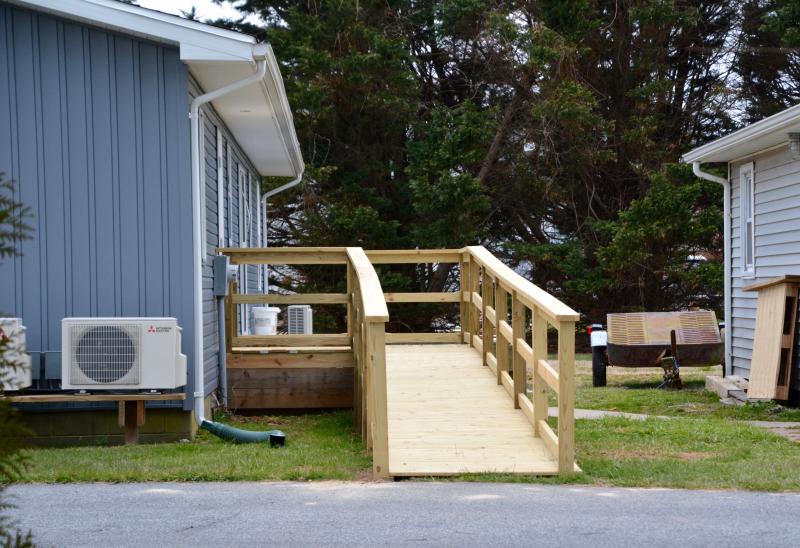In a quirk in Sussex County code, conditions placed on applications at the planning and zoning level can be amended by the commission without a public hearing. If conditions are placed on an application by county council, a hearing is required. Not anymore.
At its March 13 meeting, Sussex County Council voted 5-0 to amend the ordinance so that any amended conditions for conditional-use or residential-planned community applications are now treated as new applications with public hearings before the planning and zoning commission and county council.
Councilman I.G. Burton, R-Lewes, said as a planning and zoning commissioner, he was never comfortable with not having a public hearing. “I never liked it that we could make changes, and you guys didn't know about it,” he said.
“I like the idea that the buck stops here,” said Councilman George Cole, R-Ocean View.
Attorney David Hutt asked council what was broken that they were trying to fix. “Now this is a needlessly burdensome process with more time and expense,” he said.
He said a new application would cost $500 and could take up to six months to appear on an agenda.
“If there is a change, we should change the fees and adjust so the application could be expedited,” said Councilman Rob Arlett, R-Frankford.
County attorney J. Everett Moore said the fees and timing could be considered as an amendment to the ordinance at a later date.
County Administrator Todd Lawson said the quickest turnaround time would be about a month because of legal requirements for advertising public hearings.
Council also voted 5-0 to amend setbacks on small, legally nonconforming lots of less than 10,000 square feet. “There are a lot of small lots in the county that have generated hundreds if not thousands of variance applications,” said Sussex Planning and Zoning Director Janelle Cornwell. “Reducing the setbacks will make it easier to build on these properties.”
The side-yard setback has been reduced to five feet and the rear-yard setback has been reduced by five feet. The front-yard setback will now be an average of other front setbacks of properties within 300 feet.
Cornwell said structures – including steps, decks, sheds and HVAC systems – can encroach up to five feet from the lot line.
The regulations do not apply to cluster subdivisions or residential-planned communities.
Other county code amendments
• The maximum outside wall width of a multifamily structure has been changed from 165 feet to 175 feet. There is no maximum for commercial or mixed-use residential-commercial buildings.
“Code doesn't match the way buildings are built today,” Cornwell said.
• Interconnectivity between parcels for new commercial projects is now required. Although the planning and zoning commission already has the authority now, the new ordinance makes it mandatory.
• Decks and patios can be built to within five feet of rear or side property lines. “It will allow people to utilize their property a little more,” Cornwell said. The amendment does not include manufactured home parks or campgrounds.
• Developers and residents with approved variances and special-use exceptions now have two years – instead of one – to start work with a one-year time extension possible. Cornwell made it clear that expired applications would not be covered under the ordinance.






















































